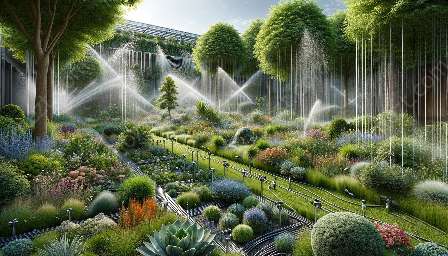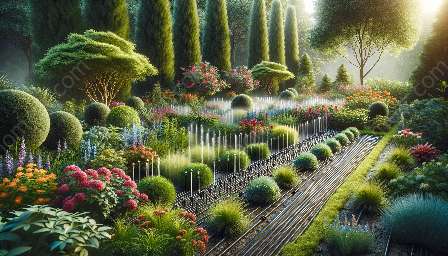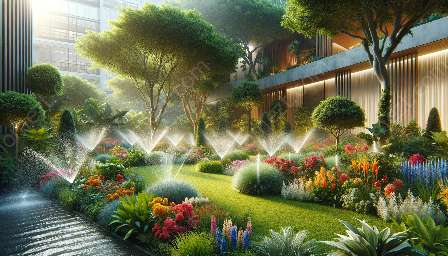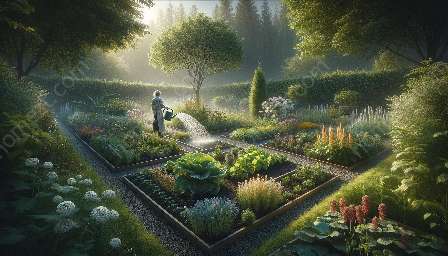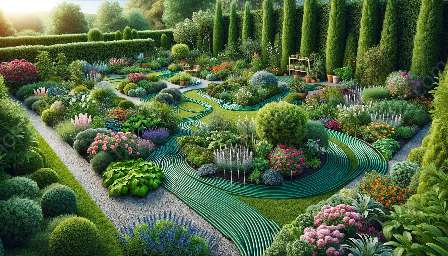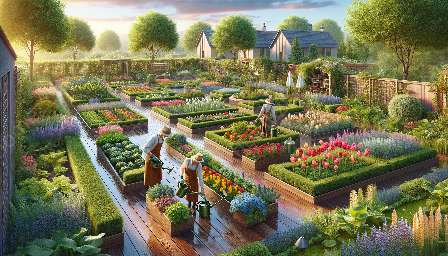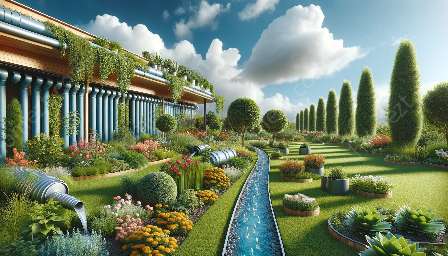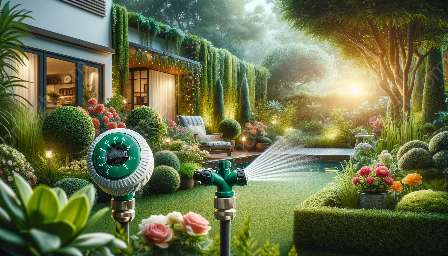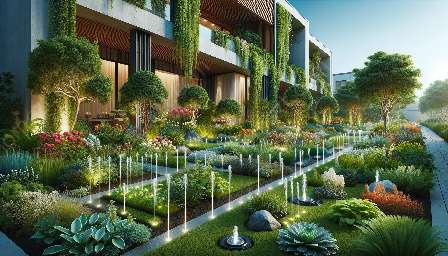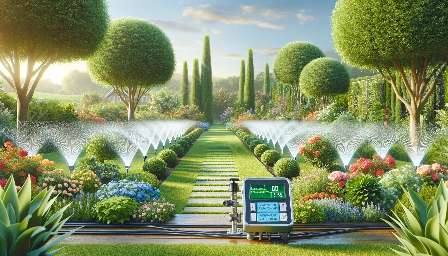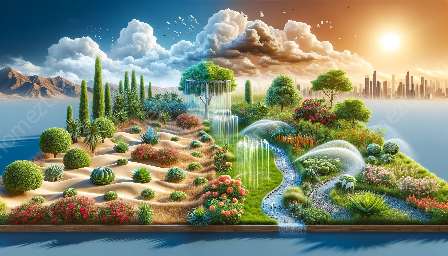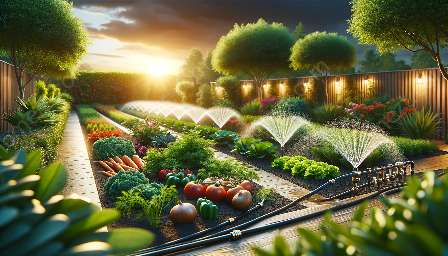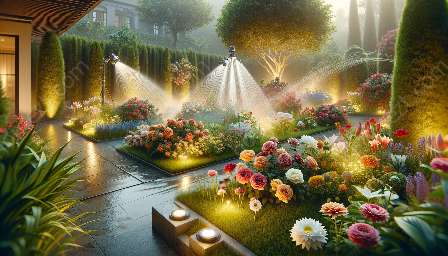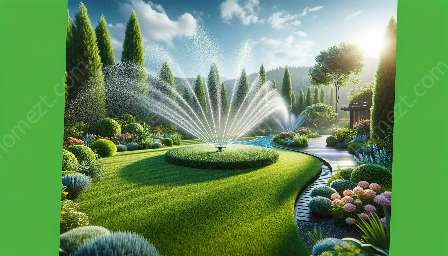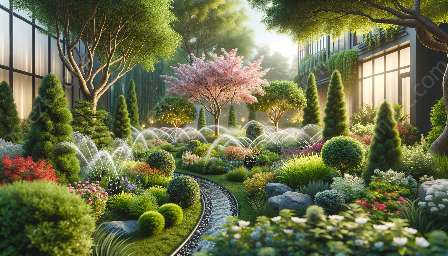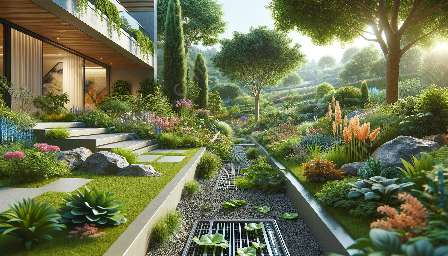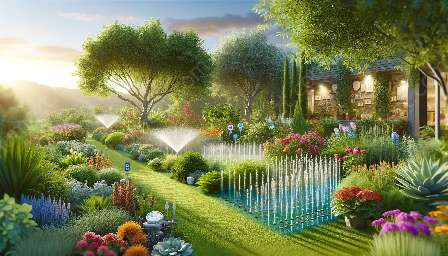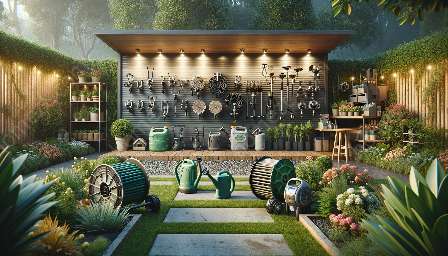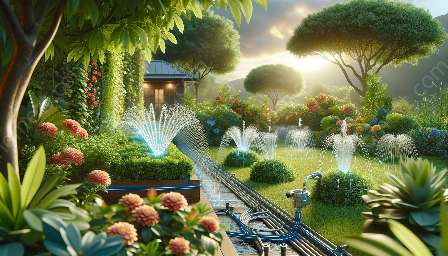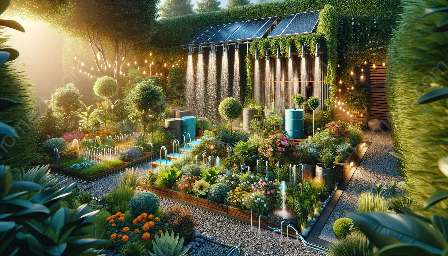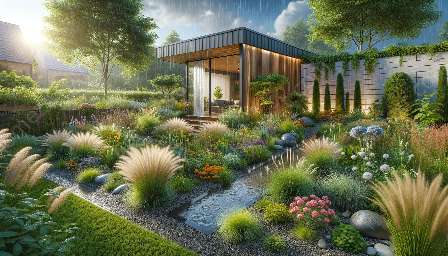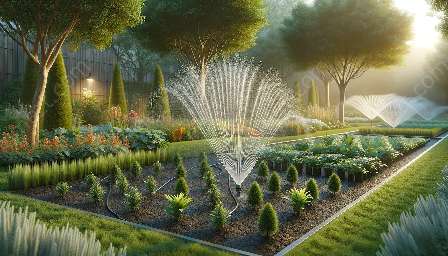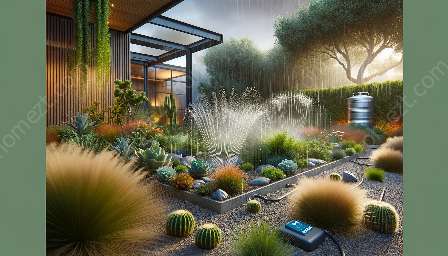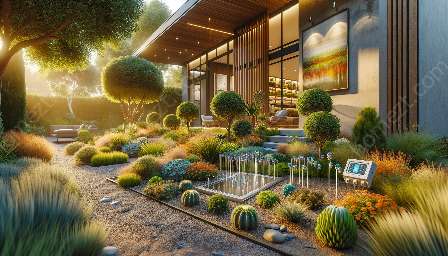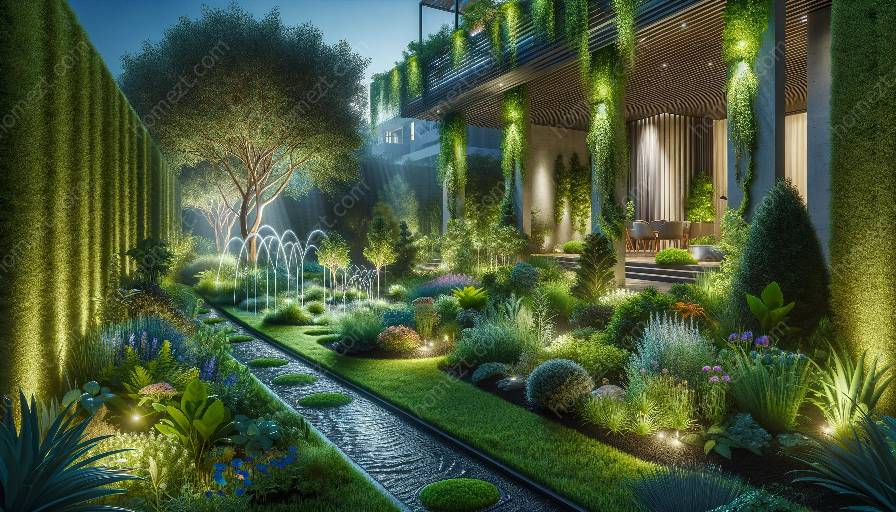Water is a precious resource, and it's important to conserve it, especially in gardening and landscaping. By incorporating water-saving techniques, you can create a beautiful and sustainable outdoor space while minimizing water usage. In this comprehensive guide, we'll explore various water-saving techniques that are compatible with effective watering methods and eco-friendly gardening and landscaping practices.
Understanding Water-Saving Techniques
Water-saving techniques in gardening and landscaping involve strategies to minimize water wastage while promoting healthy plant growth and maintaining a visually appealing outdoor space. These techniques not only benefit the environment but also help reduce water bills and conserve natural resources.
Key Water-Saving Techniques
1. Drip Irrigation Systems: Drip irrigation delivers water directly to the plant's root zone, reducing evaporation and runoff. It is a highly efficient watering method that minimizes water loss and optimizes plant hydration.
2. Mulching: Applying mulch around plants helps retain soil moisture, suppresses weed growth, and regulates soil temperature. Organic mulches, such as bark, straw, or compost, are excellent choices for water conservation in gardens and landscapes.
3. Xeriscaping: Xeriscaping involves designing landscapes that require minimal water usage by using drought-resistant plants, efficient irrigation, and strategic landscaping practices. This approach not only conserves water but also creates visually appealing and low-maintenance outdoor spaces.
4. Rainwater Harvesting: Collecting rainwater in barrels or tanks provides a sustainable water source for gardening and landscaping. It reduces reliance on municipal water sources and allows for the reuse of natural precipitation.
Effective Watering Techniques
Pairing water-saving techniques with effective watering methods is crucial for maintaining healthy plants and maximizing water efficiency. Consider the following practices:
- Watering Early or Late in the Day: Watering during the early morning or evening reduces water evaporation and ensures optimal absorption by plants.
- Adjusting Irrigation Schedule: Tailor your watering schedule to match the specific needs of your plants, taking into account factors like soil type, weather conditions, and plant species.
- High-Efficiency Sprinklers: Use sprinkler systems with adjustable nozzles or water-efficient designs to deliver precise and targeted watering.
Sustainable Gardening and Landscaping
In addition to water-saving and watering techniques, adopting sustainable gardening and landscaping practices further contributes to eco-friendly outdoor spaces. Some key practices include:
- Composting: Recycling organic materials into compost enriches the soil, retains moisture, and promotes healthy plant growth. It also minimizes the need for chemical fertilizers and reduces waste sent to landfills.
- Native Plant Selection: Choosing native plants adapted to the local climate reduces water demand and maintenance requirements, while enhancing ecological balance and biodiversity.
- Permeable Hardscapes: Installing permeable paving materials, such as permeable concrete or gravel, allows rainwater to seep into the soil, reducing stormwater runoff and recharging groundwater.
Conclusion
By implementing water-saving techniques, effective watering methods, and sustainable gardening and landscaping practices, you can create an environmentally conscious and visually stunning outdoor environment. Embracing these practices not only conserves water but also contributes to the overall health of ecosystems and promotes a more sustainable way of living.

